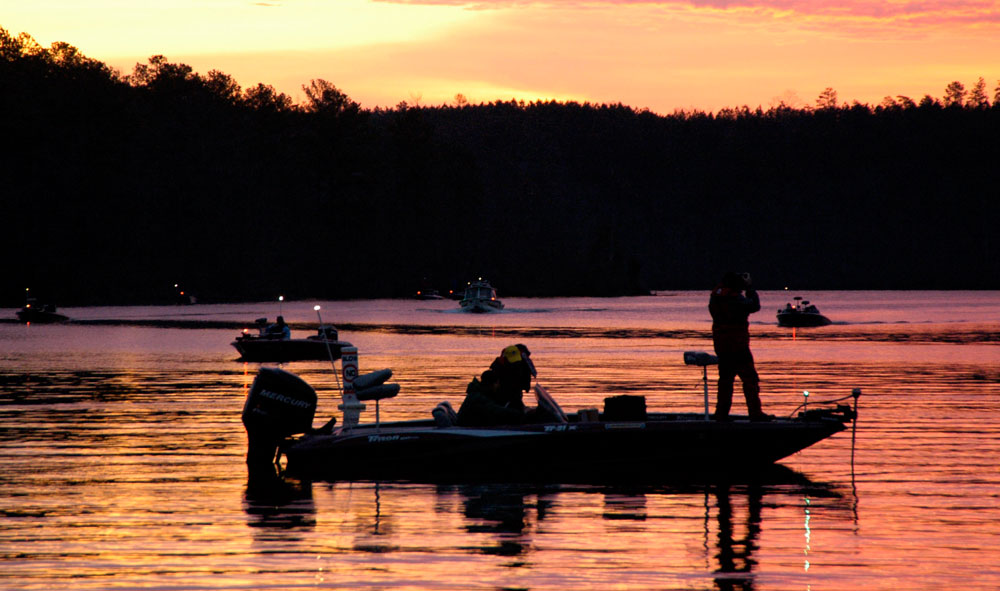provided by John Phillips
Fayetteville, Tennessee’s 31-year-old Brandon Lester will be fishing in his fifth Bassmaster Classic in March. He fished Bassmaster Opens for 2 years and has been with the Elite Series for 7 years. He’s won two, Eastern Open Angler-of-the-Year awards.

For me and many other pro fishermen, being on the water and fishing are the easiest parts of any tournament and especially the Bassmaster Classic. I don’t think this year’s Classic will be a run-and-gun type of Classic where an angler may have 20-50 different spots he wants to fish during the day. I believe for me to win I need to find an area holding big bass that are in the prespawn phase, and I’ll have to keep up with their location during the Classic. That’s what I’ll be searching for, and I don’t want to get on the water on the first day and be thinking about where I’m going to fish, what lures I’ll fish, and how I’ll actually pinpoint that area. I hope to find my honey hole during practice. Another quality of the region that I have to identify is it either needs to hold enough bass to produce tournament-winning results for three days, or it has to be a place where bass are migrating into every day and replenishing that spot with tournament-winning bass all three days.
Another of the keys to winning this year has to do with electronics and the fisherman’s knowledge of how to use them. I’ve been fishing Lowrance electronics for the last two years. On my console, I have two Lowrance HDS LIVE units, and on my casting deck, I have one HDS LIVE 16 Fishfinder/Chartplotter with LiveSight and Active Imaging 3-in-1 including, SideScan/DownScan. The view that I’ll probably use the most in the Classic will be the SideScan view. I’ll be searching for the edges of grass beds, stumps, flats and any irregularities in the bottom that I believe will hold fish. I’ll depend on my electronics an awful lot at the Classic, because I know the edges of the grass beds that are underwater will play a major role in the numbers and the sizes of bass I catch. I also realize that if I can locate spawn-isolated clumps of grass under the water, those spots may hold really big bass. If I can find new growth of hydrilla or eel grass that’s different from the other grasses, those can be key places to find big bass, especially if none of the other anglers have pinpointed these spots.
As I’ve said earlier, I consider myself a very versatile bass fisherman. However, the press often asks me, ‘If you only can pick one lure to fish at the Bassmaster Classic, what lure will that be?’ That’s a really tough question because I don’t believe the Classic will be won on just one lure. But if I only can choose one lure, I’ll fish a 1/2-ounce lipless crankbait in some form of a red color.



























